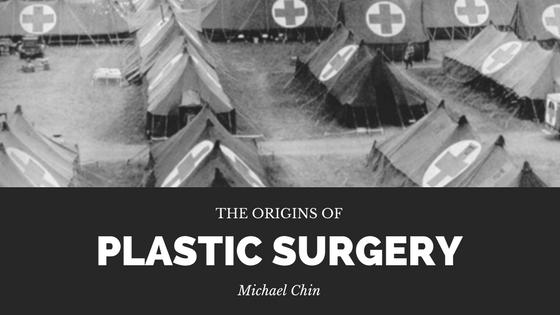Today, plastic surgery is typically associated with a luxury reserved for the rich and famous who want to improve their facial features or body image, even though that is so often not the case. Many people receive cosmetic procedures as reconstructive treatments follow illnesses or injuries. Sometimes, in the case of rhinoplasty, plastic surgery is needed to correct health problems such as impaired breathing.
The safety and sterility of surgeries have come a long way since their early days and plastic surgery is a relatively new procedure compared to more traditional methods dating back to the care of wounded soldiers on the battlefield. Even so, plastic surgery has evolved significantly from its origins.
Plastic surgery did not start out as a cosmetic procedure open to anyone who wanted to improve their appearance. The earliest forms of plastic surgery were breast augmentation surgery to correct asymmetry and implants to enhance size, dating all the way back to 1895 and 1899, respectively. However, plastic surgery didn’t really come into its own as a standalone surgical procedure until it was used to treat burn and wound victims in World Wars I and II.
Between 1910 and 1919, many advancements in plastic surgery were achieved. Dr. Vilray Blair was instrumental to the development of skin grafting with his publishing of key techniques and the establishment of plastic surgery facilities before, during, and after World War I. Also during World War I, Dr. Varaztad Kazanjian, considered a pioneer of modern plastic surgery, experimented with maxillofacial surgical techniques that greatly improved the reputation of plastic surgery as a burgeoning treatment in the field of medicine.
In the 1920s, hospitals and universities first started to develop training programs and divisions dedicated to plastic surgery. These advancements led to the formation of the American Society of Plastic Surgeons (ASPS) in 1931 and the American Board of Plastic Surgery (ABPS) in 1937.
By the time World War II rolled around, skin grafting techniques had greatly improved, with the dermatome surgical instrument improving the speed, precision, and ease of skin graft harvesting used to treat burn and wound victims that may have otherwise lost a limb or suffered a severe facial deformity. Also during World War II, plastic surgery centers were established in the United States to treat facial trauma and burns caused by trench warfare.
From there, plastic surgery was on an upward climb to becoming an established, mainstream medical procedure. In the 1950s, board certification programs fully integrated plastic surgery into the medical establishment, with new developments in cosmetic and weight loss surgeries over the years. A key date to note is 1999, when the American Society of Plastic and Reconstructive Surgeons changed its name to American Society of Plastic Surgeons to convey that plastic and reconstructive surgery are the same thing. Even if some people choose to stigmatize plastic surgery, it is performed for a variety of reasons, both reconstructive and cosmetic.

